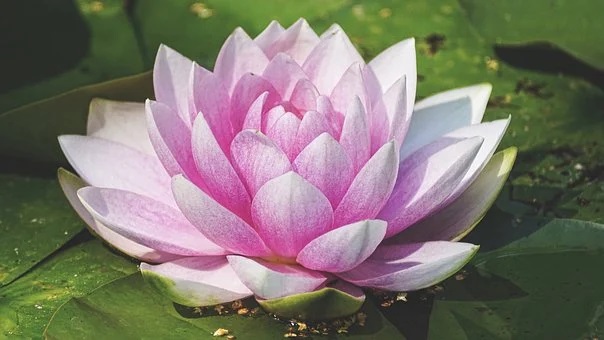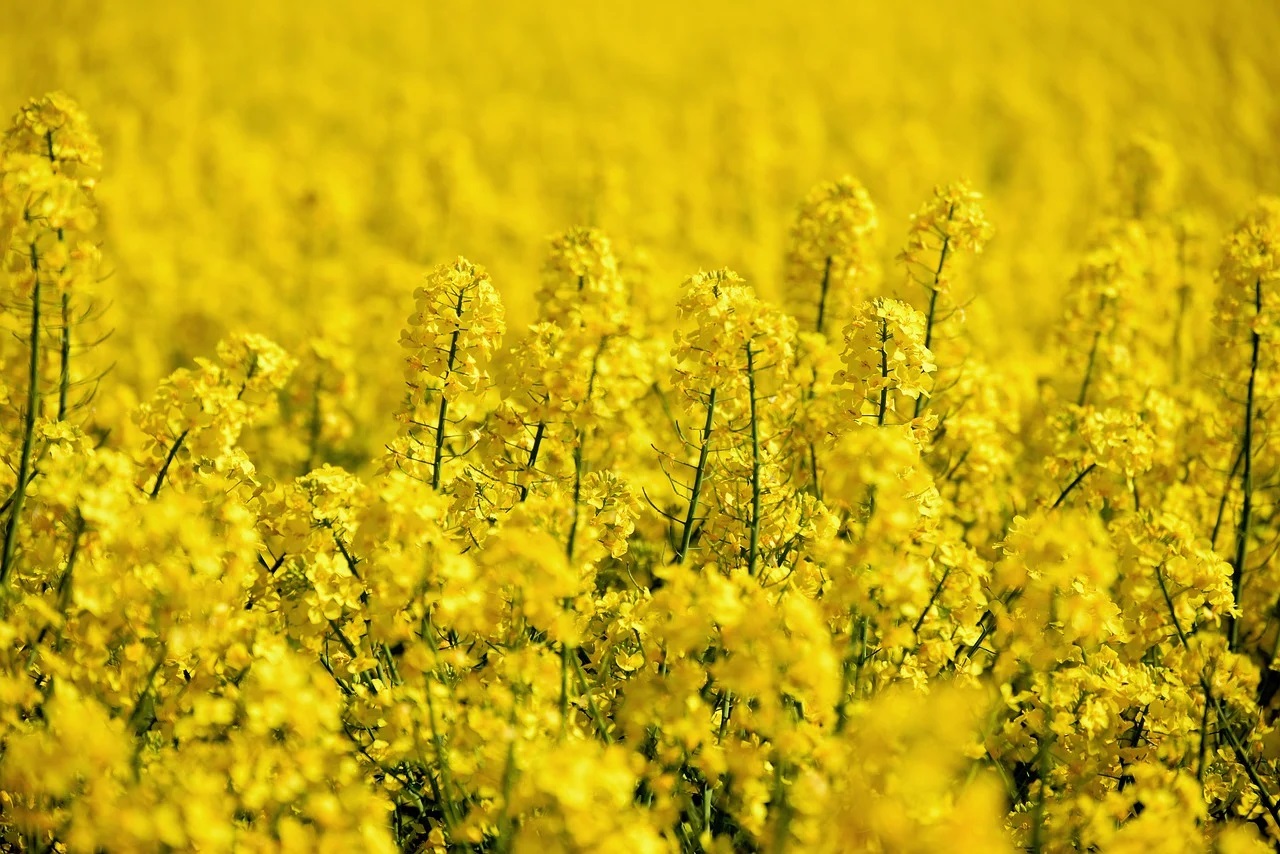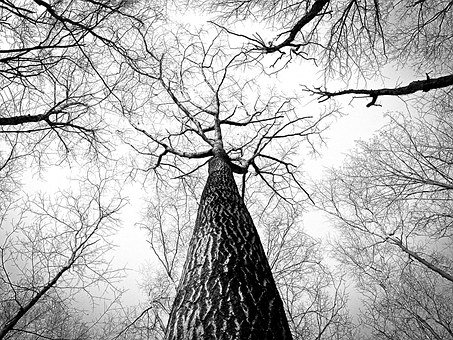Offering of Dharma is particularly important. If we are given two choices: 1) we can release all the fish in the market free of charge on condition that we do not recite the Buddha’s names for them or feed them nectar pills; 2) we can recite mantras, feed them nectar pills and bless them with the text of ‘liberation upon wearing,’ but we cannot buy them to set them free. Which one should we choose? Make sure it is the latter.
~Depicted from THE RIGHT VIEW - Liberating Living Beings











